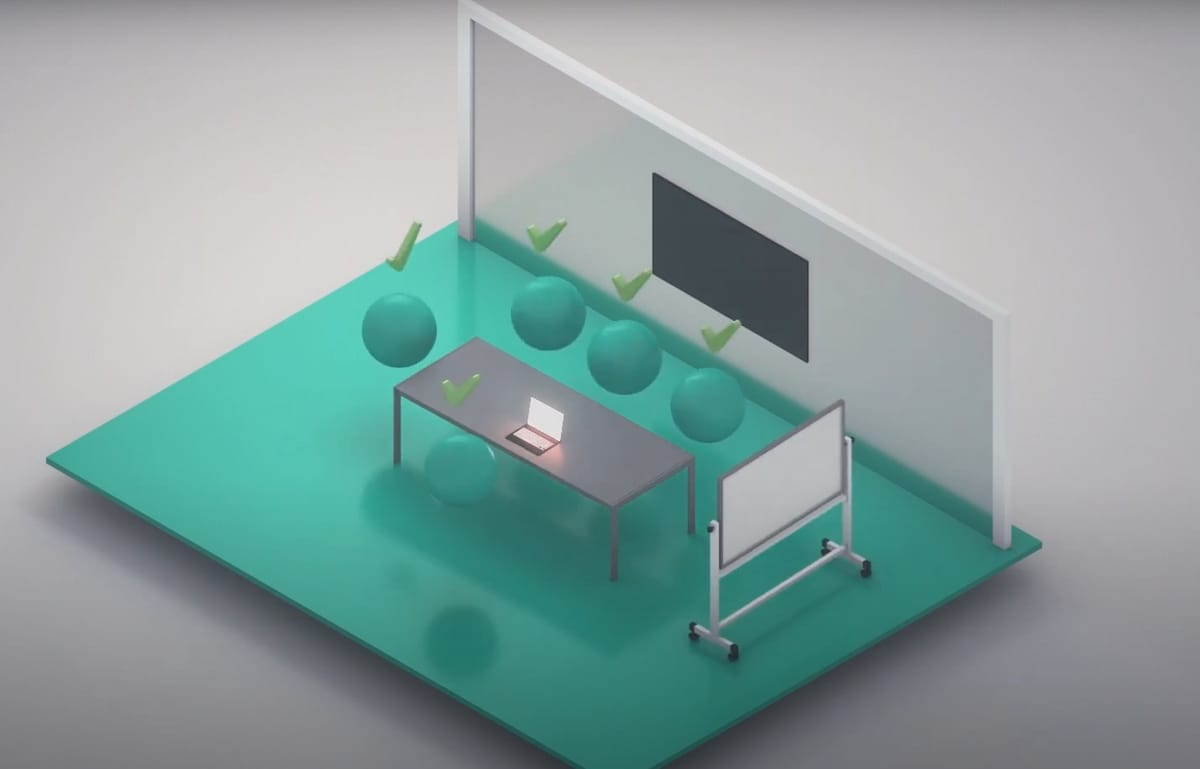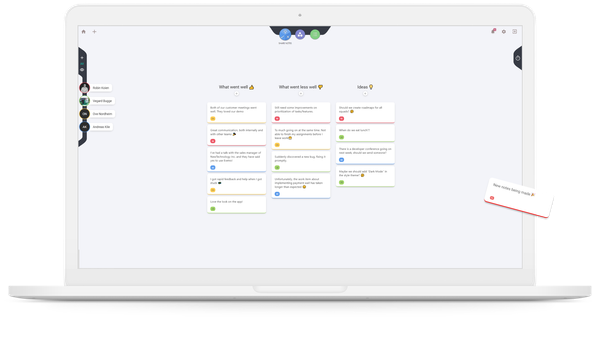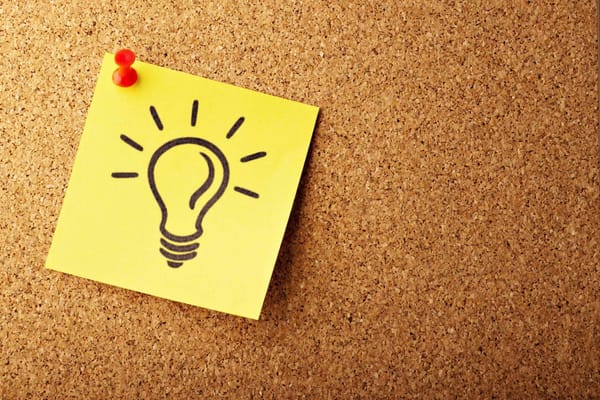What are retrospectives?

Efficient Retrospectives
“The single most important practice in Scrum is the retrospective because it allows the team to learn about, improve, and adapt its process.” ¹
A retrospective is essentially an efficient meeting where a group of people gathers to analyze problems or ideas and ends up with specific solutions in order to improve. If you do not have a defined reflection process, you risk falling into a work pattern where you repeatedly run into the same obstacles and learn less from your experiences. That is why many teams use retrospectives to continuously improve.
Who is it for?
Retrospectives are not constrained to only providing value to leaders or a certain type of team. The fundamentals and benefits will provide value to any team that wants to evolve and collaborate better together.
Here's a quick guide with a few tips to run efficient retrospectives.
1. Getting Started
In general, a team that runs retrospectives will do it every two weeks and spend 1-2 hours per retrospective. We typically use these roles to run effective retrospectives:
- Facilitator - Responsible for the retrospective meeting, ensuring that the discussion stays on track and everyone gets the opportunity to contribute.
- Technographer - Basically, the facilitator’s sidekick. Responsible for showing relevant information to others and writing down possible actions during the retrospective.
- Team Member - Every person in the retrospective can contribute insights. That could be a new idea, a problem you want help solving, or assisting others in resolving challenges.
Tip: In a retrospective, you want engagement, creativity, and a problem-solving mindset. Consider kickstarting your retro with a warmup exercise.
2. Reflect
Gather your team and give everyone 5-10 minutes to reflect on the previous work period. A common method used is Three Questions, where each team member reflects and writes down notes based on these categories:
Tip: Don't use the same activity repeatedly. Mix up activities to view past work periods from different angles and keep retrospectives fresh.
3. Present
The next step is letting everyone present their notes to the rest of the team. The goal is to create common ground and gain a better understanding of the previous work period. Everyone will have the opportunity to share their reflections while the rest of the team listens.
For effective retrospectives, let one person present at a time without interruptions. Keep it short and focused—there will be time to elaborate and discuss later.
4. Grouping
In many retrospectives, multiple notes may be about the same subject. Grouping these notes saves time and gives a clearer overview, especially if there are many notes.
To focus on the most important topics, use voting—each team member gets the same number of votes to prioritize discussion topics.
5. Discuss
Usually, the discussion is the most time-consuming part of a retrospective. The goal is to find new and better solutions to challenges and bring forth new ideas.
- Seek to understand why problems occur, how they affect the team, and how to address them.
- Write down possible solutions as actionable items.
- Ensure everyone contributes to the discussion.
When the discussion is over, make sure to document specific actions to improve. A common mistake is to only discuss challenges without defining concrete steps for improvement.
6. Action List
The outcome of a retrospective is the action list, containing actions the team can complete to improve.
Tip: Make actions visible for everyone. Visualizing actions increases accountability and focus on improvement.
7. Improving the Retrospective
At the end of the retrospective, spend a few minutes gathering feedback on how to improve the process itself. Ask participants to share what worked well and what could be improved in one sentence.
After the Retrospective
Now, it's time to execute the agreed-upon actions. Completing actions leads to meaningful changes that improve team performance!
Try the Evetro application for your next retrospective. Create a user, invite your team, and run your next retrospective!




